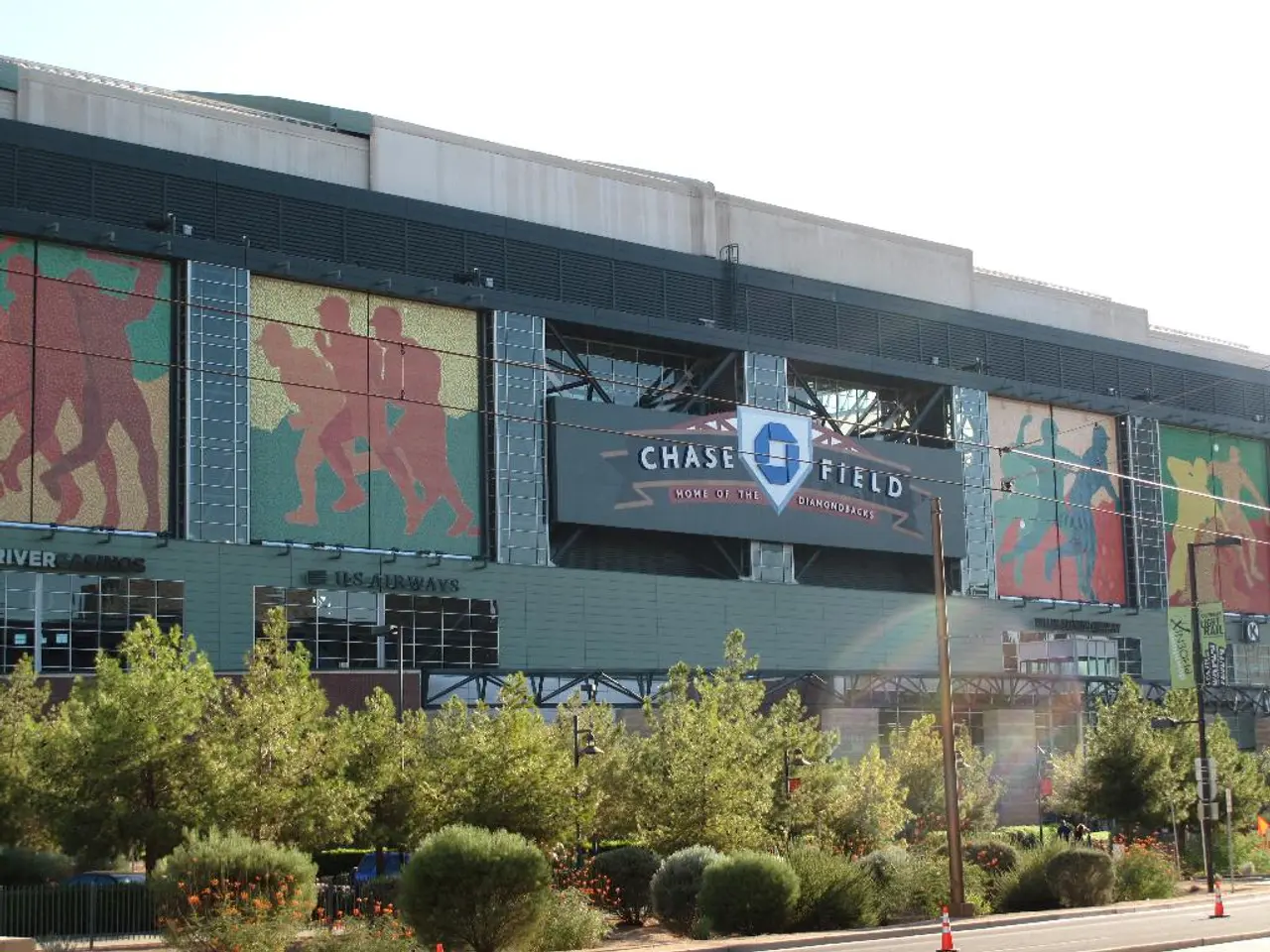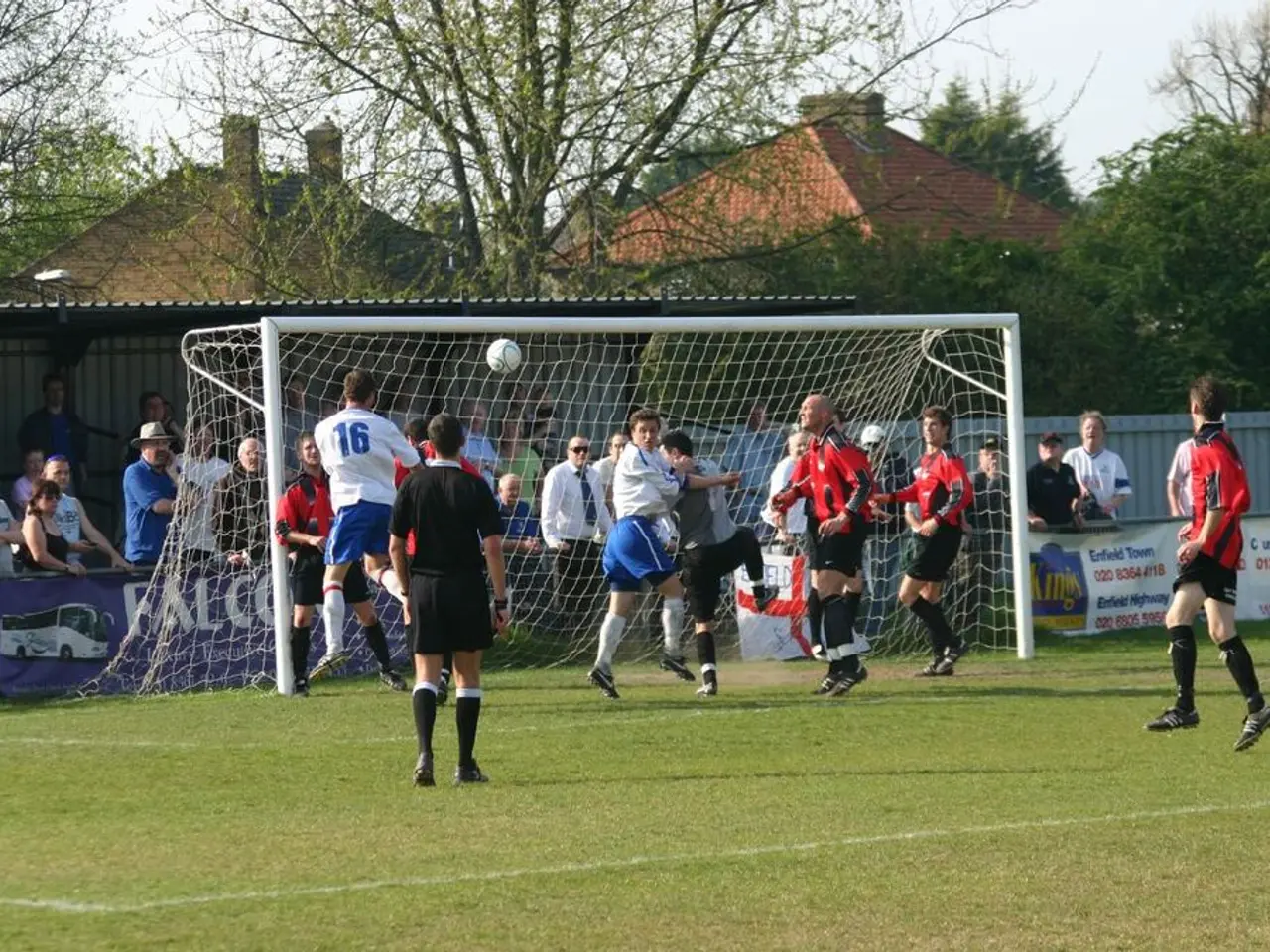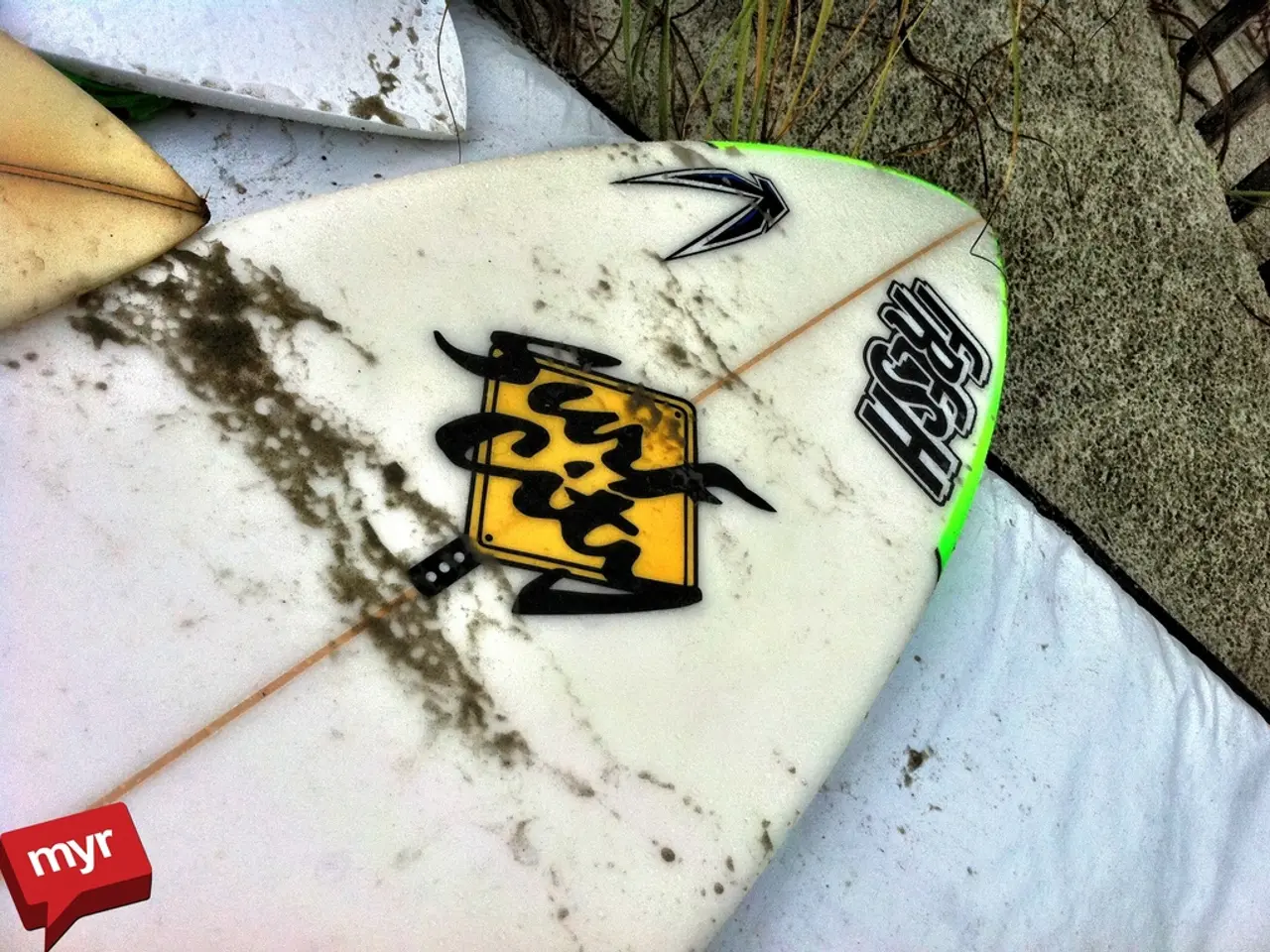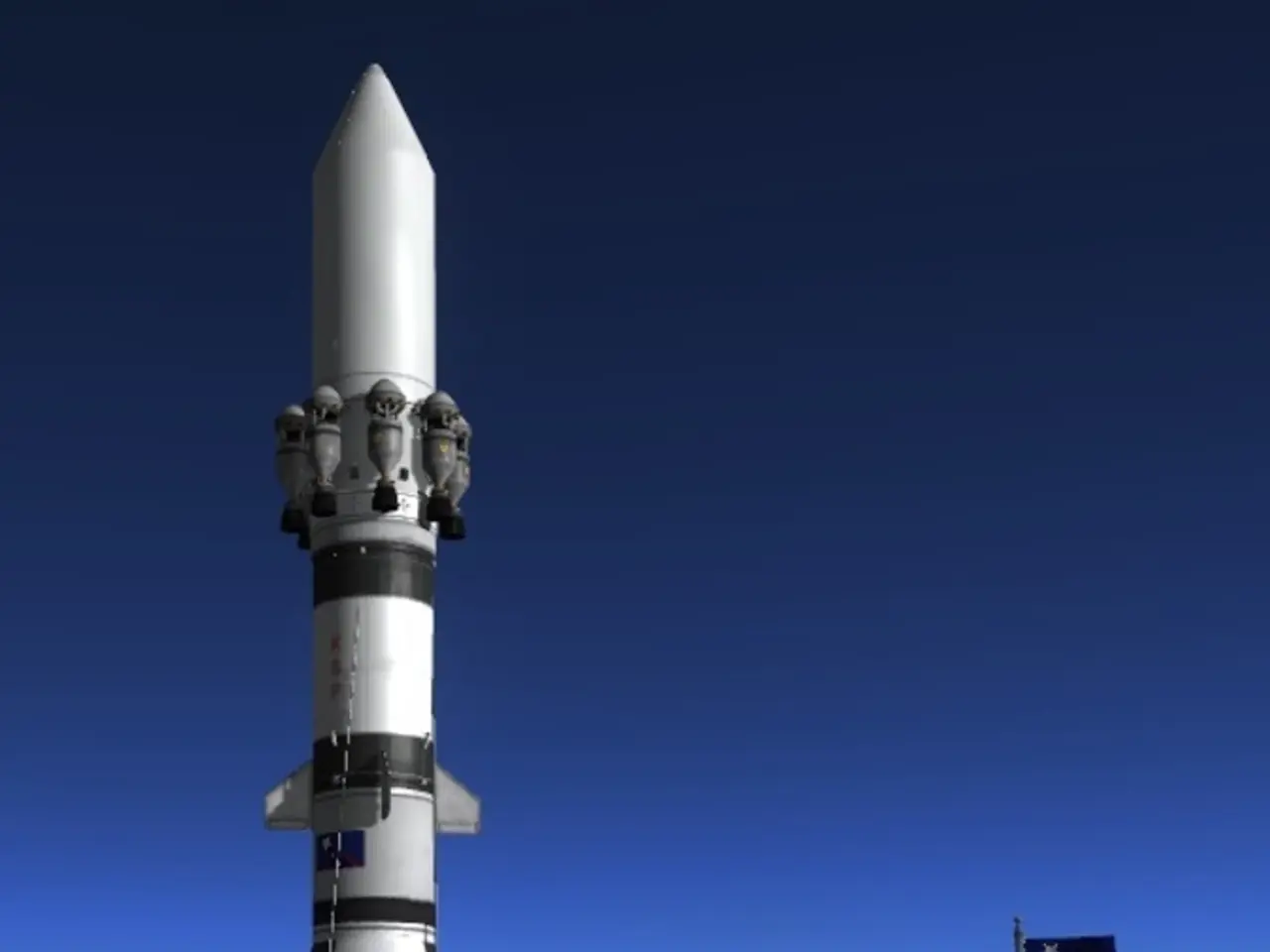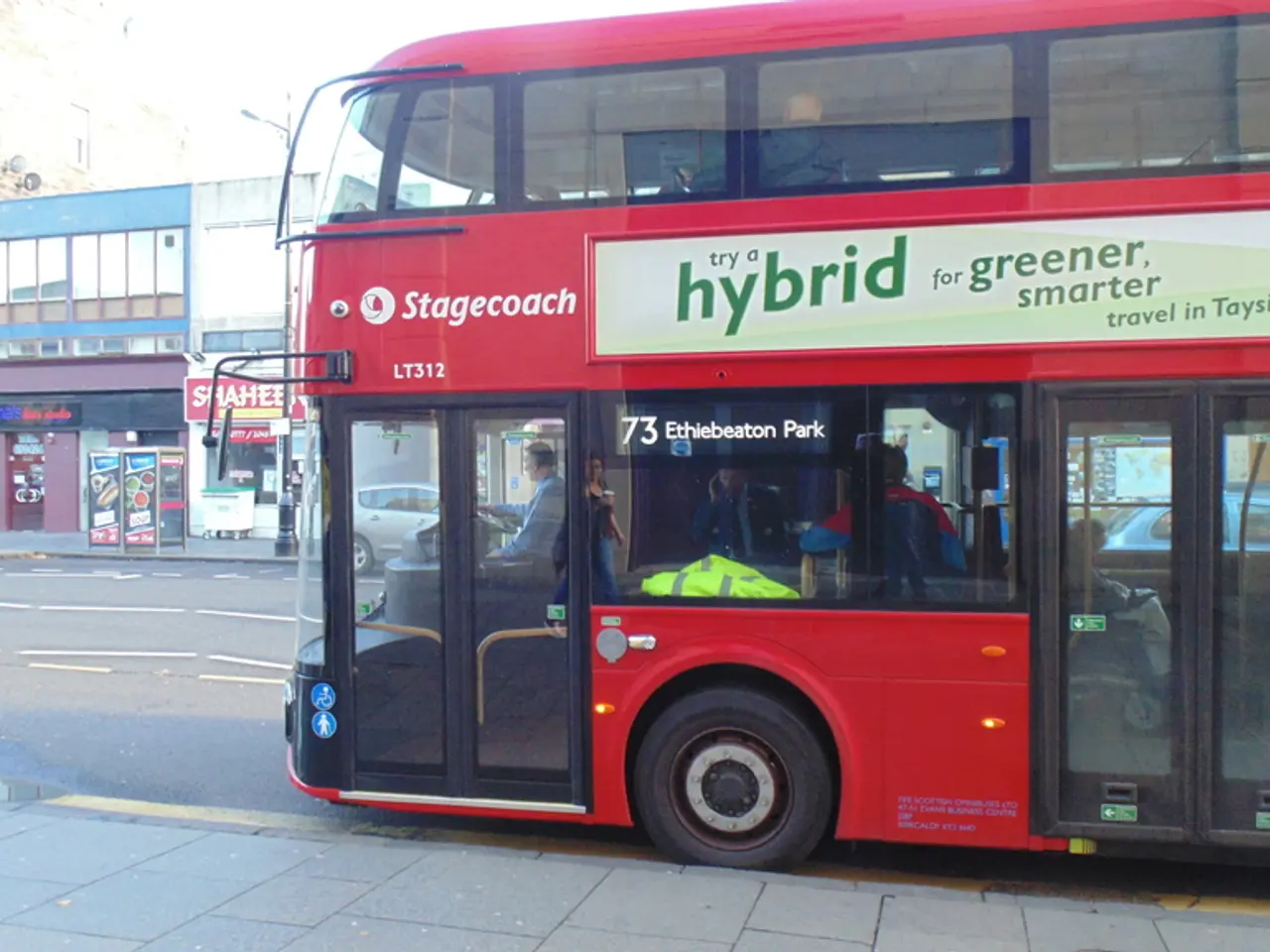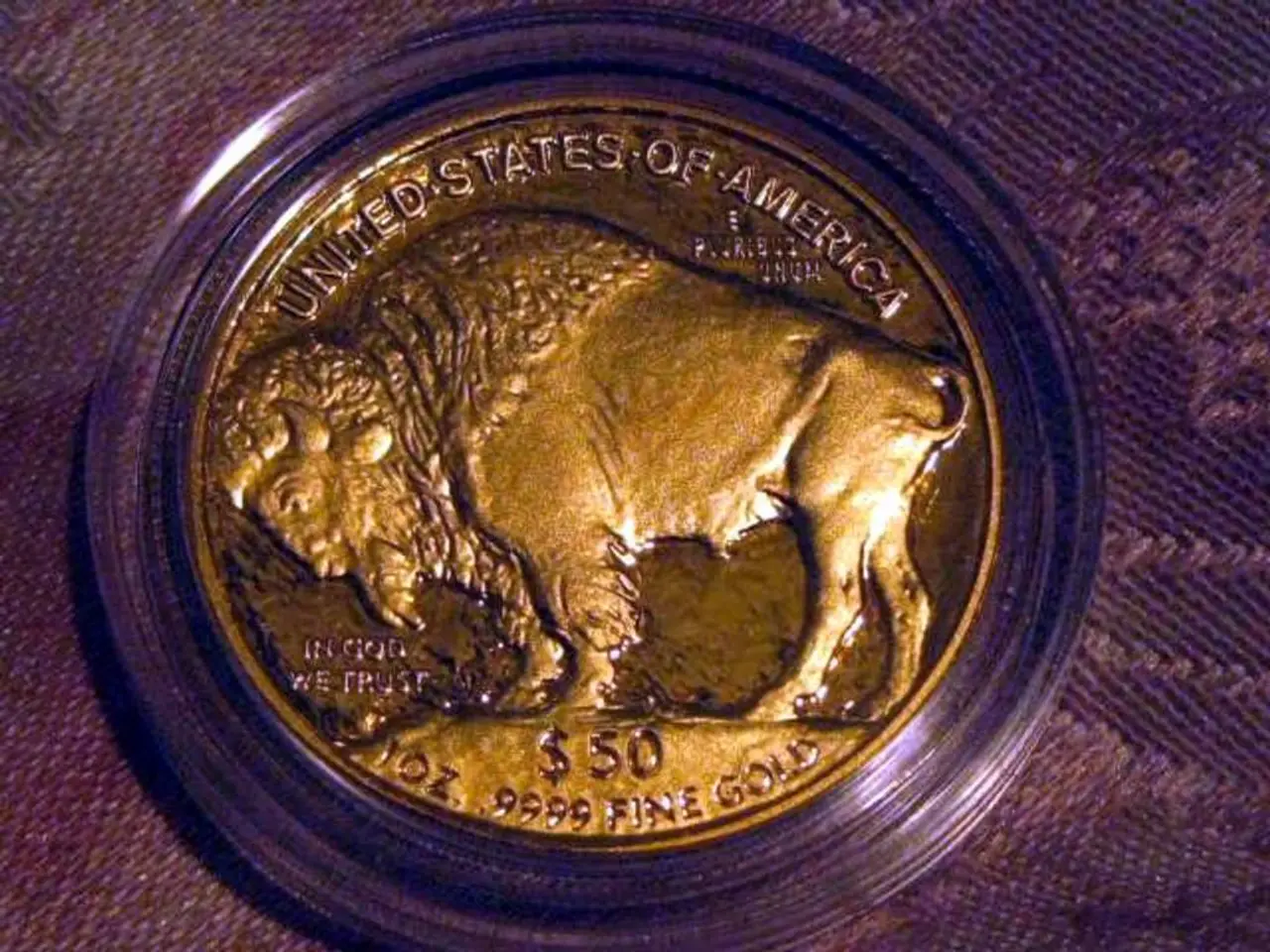Cheer on Local Sports Squad
Article Title: The Expansive World of MLB Radio Broadcasts: A Look at the Top Teams' Networks
In the world of Major League Baseball (MLB), the thrill of the game extends beyond the stadiums, reaching listeners across the nation through a vast network of radio affiliates. The top teams with the most extensive networks as of the 2025 season are the St. Louis Cardinals, Atlanta Braves, and Minnesota Twins.
Leading the pack is the St. Louis Cardinals, boasting an impressive 110 affiliates across nine states. Their network spans multiple regions, centred around the Cardinals' geographic market. The Braves follow closely with 100 affiliates across ten states, while the Twins cover multiple Midwestern states with their 70 affiliates.
Many listeners still prefer the clear-channel AM signals for baseball games, but the FM band has made a significant impact in recent years. The FM radio band's introduction into baseball broadcasts is a relatively new phenomenon, but it has proven to be a popular choice among listeners.
One such example is the Arizona Diamondbacks' game broadcast, which was once heard in New Jersey via double-hop sporadic-E from KZUA(FM) Holbrook, Ariz., a staggering 1,955 miles away.
The map of MLB full-power radio affiliates paints a fascinating picture, with stations like Chicago's WSCR (home to the Cubs), KIRO in Seattle (the Mariners), WCCO in Minneapolis (the Twins), KOA in Denver (the Rockies), WHSQ in New York (the Mets), KDKA in Pittsburgh (the Pirates), WTAM for the Guardians, KMOX for the Cardinals, and WRVA(AM) in Richmond, Va. for the Nationals, all playing their part in this expansive network.
However, this vast network isn't without its challenges. In some areas, adjacent and co-channel full-power FM signals are about equal, causing listening predicaments. For instance, in central New Jersey, it can be difficult to listen to 100.3 WRNB(FM) and 100.3 WHTZ(FM) due to their proximity.
The Toronto Blue Jays' network stretches across Canada, while the Cincinnati Reds and Kansas City Royals have radio affiliates that cover small towns across the midwest and Great Plains. The Dodgers are also heard in the U.S. Virgin Islands via 1340 WSTA(AM) in St. Thomas.
Notably, the subject of grandfathered FMs could make for a great upcoming feature, as suggested by Tom Conroy. In the early days of HD Radio, engineer Alan Jurison experienced blending between 105.7 WJZ(FM) Catonsville/Baltimore and WQXA(FM) in York, Pa. due to their proximity. Similarly, Tom pointed out overlap from Class B signals 103.7 WXCY(FM) Havre De Grace, Md., and 103.7 WMGM(FM) Atlantic City, N.J. He also noted that WXCY is directional to protect adjacent-channel WTOP(FM) in Washington, D.C.
The FM radio band's introduction into baseball broadcasts is a testament to the evolving landscape of radio technology. With tropospheric enhancement, New York's WCBS was once heard cutting into Philadelphia's WBEB on Philadelphia's Walt Whitman Bridge. In Los Angeles, the dial is similar to New York's, starting from the 89.9 position upward, and the Mount Wilson signals aren't particularly strong, but the San Diego stations are full-quieting.
The Arizona Diamondbacks, Houston Astros, and Los Angeles Dodgers each have Spanish-language broadcasts available in Mexico. Nick's Signal Spot, a feature that explores RF signals, propagation, new equipment, or related endeavors, continues to delve into these fascinating aspects of radio broadcasting.
[1] The states covered by these affiliates span multiple regions centred around each team’s geographic market.
[Link to the map of MLB full-power radio affiliates]
- The affiliates of the St. Louis Cardinals, Atlanta Braves, and Minnesota Twins, the top teams with the most extensive networks, span multiple regions centered around each team's geographic market.
- While many listeners still prefer the clear-channel AM signals for baseball games, the FM radio band's introduction into baseball broadcasts, a relatively new phenomenon, has proven to be a popular choice among listeners.
- For instance, the Arizona Diamondbacks' game broadcast could be heard in New Jersey via double-hop sporadic-E from KZUA(FM) Holbrook, Ariz., a staggering 1,955 miles away.
- The FM radio band's introduction into baseball broadcasts is a testament to the evolving landscape of radio technology, as evidenced by the Tropospheric enhancement that allowed New York's WCBS to be heard cutting into Philadelphia's WBEB on Philadelphia's Walt Whitman Bridge.
